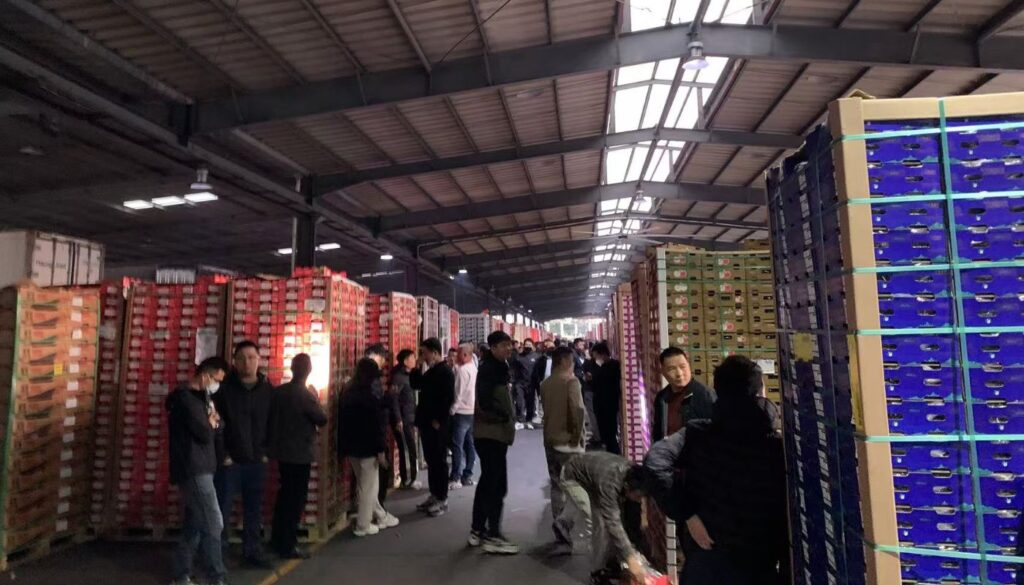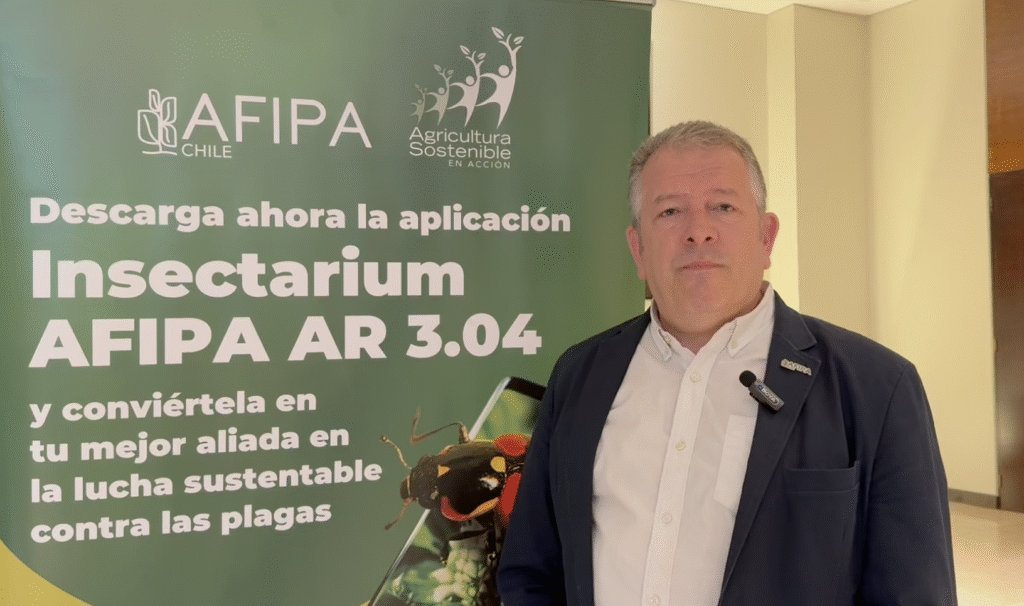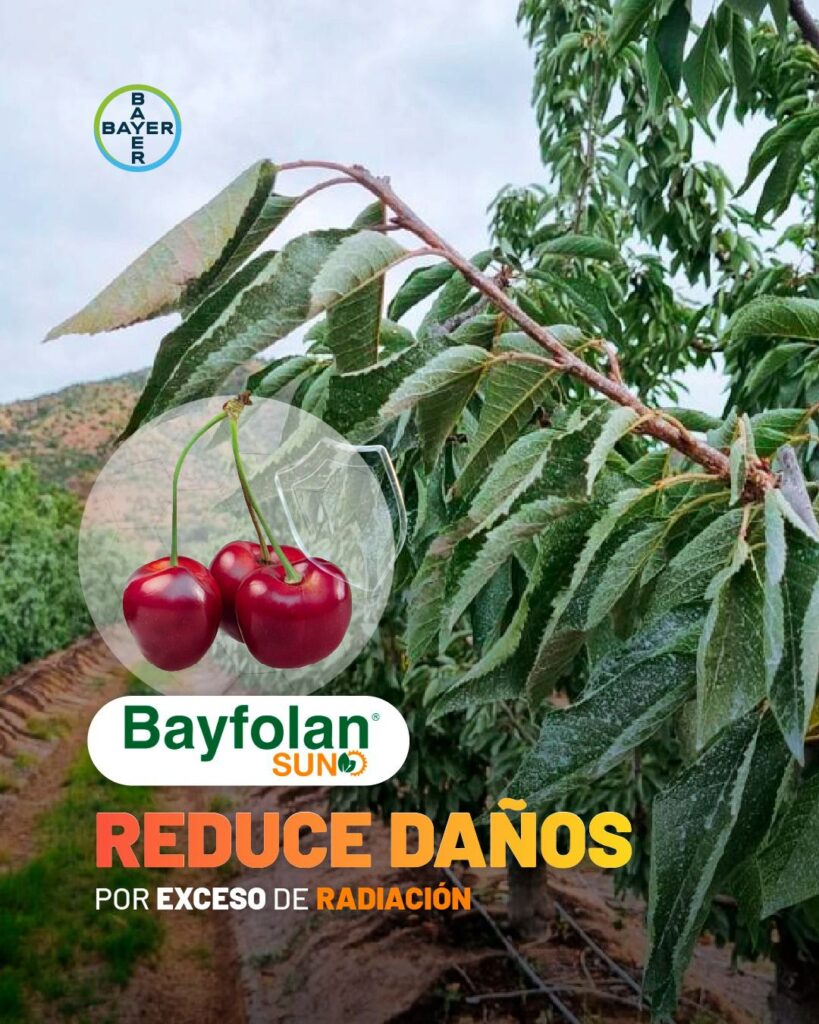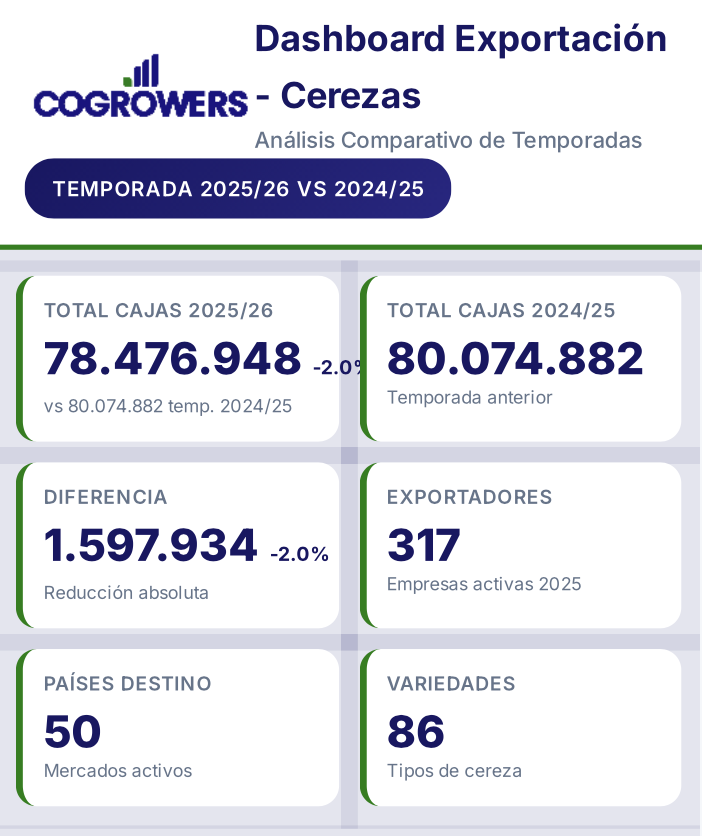By: Héctor García O., Co-Founder and General Manager of Diagnofruit Laboratories Ltda, SOCHIFIT and AMICH Member. [email protected]
In a previous article, from January 2021, entitled: Rots in Cherries: How to Identify and Treat Them
Which ones dominate in the 2020-21 season?We started by describing the difficulties of the campaign generated, fundamentally, by two factors; the first of these was COVID and the second was a record production that challenged logistics and marketing, in what we believed would be a season with some negative balances, but transitory; however, the harsh reality gives us a low blow again and these problems continue to exist without giving much respite.
COVID has not yet abandoned us. Some cities in our main buyer, China, are currently undergoing a new period of confinement, which continues to generate significant congestion at the ports, a situation that we have already been experiencing since the period of exporting our cherries and, unfortunately, has been getting worse, establishing risks not contemplated in, for example, the export of grapes.
Long travel times and delays in Chinese ports due to customs regulations have led to the opening of boxes of cherries that are 60 days old from harvest (which we have been able to observe, perhaps there are more extreme cases); this factor is absolutely critical for a fruit that has extended its life to the maximum and for which it is absolutely not designed.
Due to the above, we have seen severe fungal attacks that, although they appear sporadically at the source and destination, have become true "scavengers" due to the senile and defenseless state of our, at this point, poor cherries.
Attacks of Penicillium, Geotrichum and Alternaria They are the most common "scavenging" pathogens that we have been able to detect; they all base their colonization strategy on taking advantage of small
wounds, bruises or microcracks to establish mycelium development, infections that are generally resisted by the fruit through its defenses and insured with the use of post-harvest fungicides.
Something that goes hand in hand with logistics problems, generating a vicious circle, is the shortage of containers, particularly those that work in optimal conditions, which obviously results in the use of units in poor condition, generating the perfect environment for the development of these fungi; we have observed ambient temperatures between 2ºC and 4ºC throughout the transportation period, which undoubtedly facilitates the development of fungal rots such as Penicillium, even Rhizopus.

Clearing this variable of forced abuse in storage/transport times, let's analyze the season in normal terms, What are we seeing in 2021-22?

If we look at the 2020-21 season, the dominant rots (symptomatic fruit that arrives at the laboratory for phytopathological analysis from various sources) were caused, essentially, by Alternaria (44%) and Cladosporium (35%), two fungi from low humidity environments that can grow in a wide range of temperatures. This year the situation changed, we observed a similar frequency of Alternaria (45%), but decreased Cladosporium (12%) leaving room for Penicillium (10%), and yeast-like fungi such as Geotrichum (12%) and Aureobasidium (9%); Botrytis (12%), without diminishing its importance and the fact that we cannot take our attention away from it, continues to be a secondary fungus, probably due to little inoculum in the field (absence of rain), adding to the fact that it is well controlled by Fludioxonil in post-harvest (Graph 2).
To conclude this x-ray of the season, with these exploratory data, we can conclude that there is a changing dynamic in terms of the main pathogens that cause rot in cherries produced in our country, and this dynamic responds to small changes in certain climatic parameters such as relative humidity, free water conditions and daily temperatures, in addition to the impact of adjustments in management, such as fungicide applications, fertilization and use (or abuse) of growth regulators.
In terms of fungicides, although humidity conditions, such as those in the southern area, predispose the appearance of Geotrichum and other yeast-like microorganisms, applications of triazoles, such as tebuconazole, have been relegated due to tolerance problems and have allowed the proliferation of this type of pathogens, therefore, they should be reconsidered. At the same time, we have detected loss of sensitivity of populations of Penicillium towards Fludioxonil, which should encourage us to adjust pre- and post-harvest fungicide programs to reduce the selection pressure on this dangerous and clever pathogen, which sees a unique opportunity in delayed shipments and poor storage temperatures.









